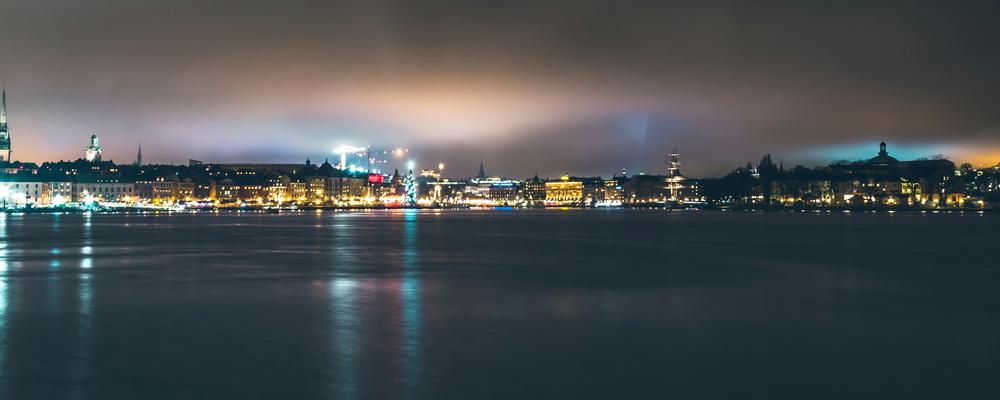There is an urgent need to address light pollution and its harmful impacts. This member meeting was dedicated to exploring solutions to minimize light pollution's effects and welcomed esteemed speakers and brought up a call to action.
The meeting commenced with Prof. Dan-E. Nilsson from the University of Lund shedding light on the alarming extent of light pollution globally. He illustrated how artificial light at night (ALAN) disrupts the delicate balance of natural light gradients, profoundly affecting ecosystems worldwide. With ALAN capable of increasing light levels by up to four orders of magnitude, the consequences are dire, with biodiversity loss becoming an increasingly prevalent concern.
Nilsson emphasised the challenges in mitigating light pollution, noting the limitations of regulations and the urgent need for targeted interventions. He highlighted the critical importance of identifying key areas where ALAN exerts the most significant negative effects, underscoring the necessity for further research to inform effective mitigation strategies.
Complementing Nilsson's insights, Dr. Johan Eklöf from Enviroplanning and Nattbakka Natur delved into the specific impacts of light pollution on wildlife, particularly bats and insects. His research revealed a stark reality: the decline of bat colonies due to the proliferation of artificial lighting. Eklöf's work underscored the urgent need for action, urging stakeholders to implement measures such as reducing unnecessary light, creating dark corridors, and adjusting light intensity and color.
Both presentations underscored the urgency of addressing light pollution and the critical role each of us plays in safeguarding our natural environment.
The subsequent Q&A session underscored the complexity of addressing light pollution, acknowledging the cultural and political barriers involved. However, promising examples of regulatory efforts in countries like France, Italy, and Germany were discussed, providing a ray of hope for effective mitigation strategies.
In a call to action, SDSN Northern Europe proposed a joint member initiative to raise awareness during the International Dark Sky Week 2024. Nina Silow from the secretariat encouraged members to participate in campaigns aimed at minimizing light pollution and pledged support for reporting efforts to the International Dark Sky Association.
The meeting also saw presentations from new SDSN Northern Europe members, including the Centre for Environment and Development Studies (CEMUS) at Uppsala University and the Swedish University of Agricultural Sciences, along with the University of Skövde.
Despite the challenges posed by light pollution, the meeting concluded on a note of optimism, with members poised to take collective action and drive meaningful change in combating this pressing environmental issue.
